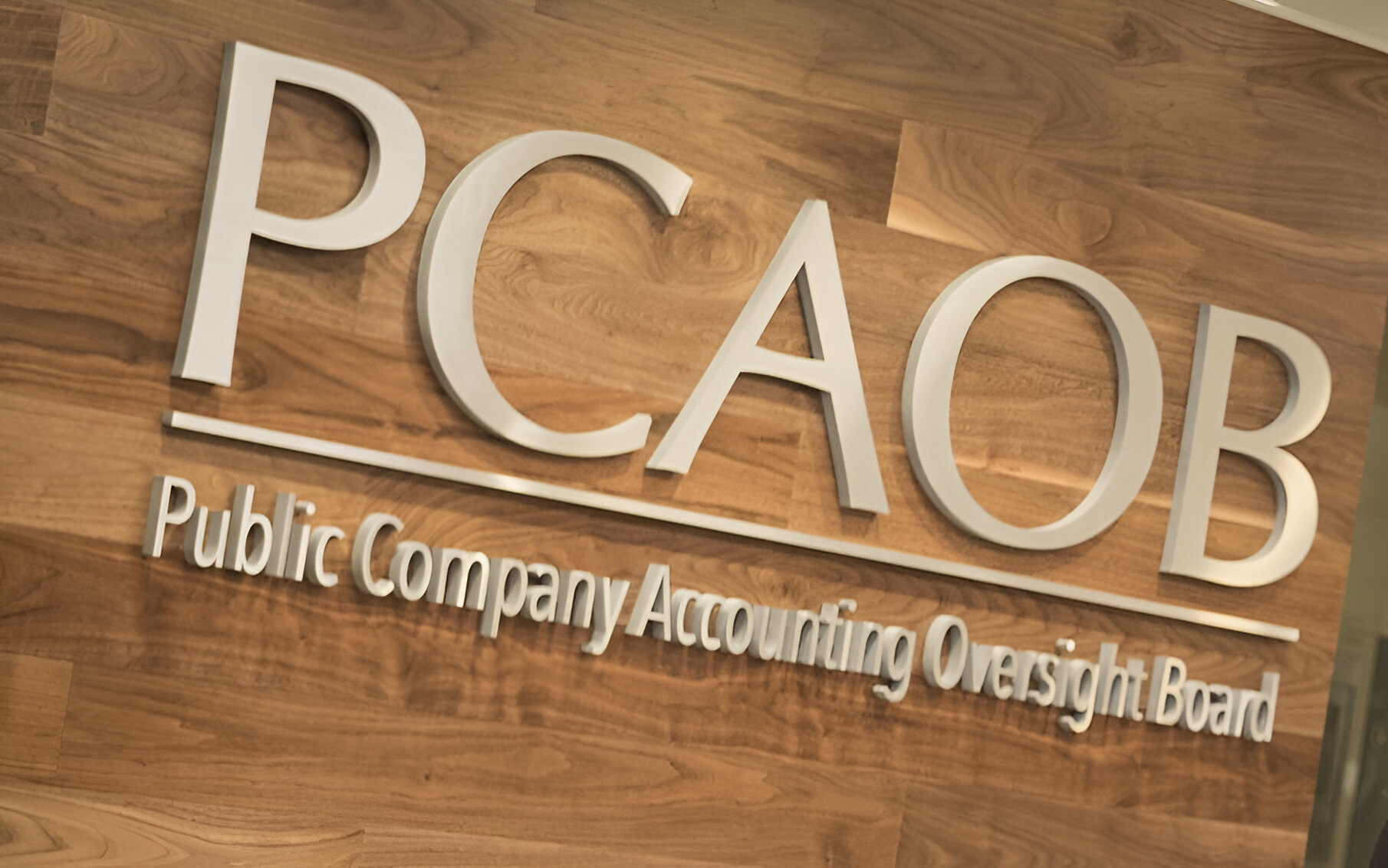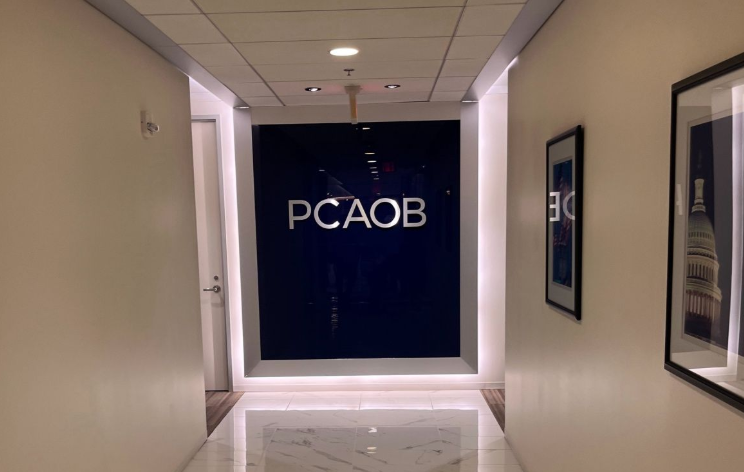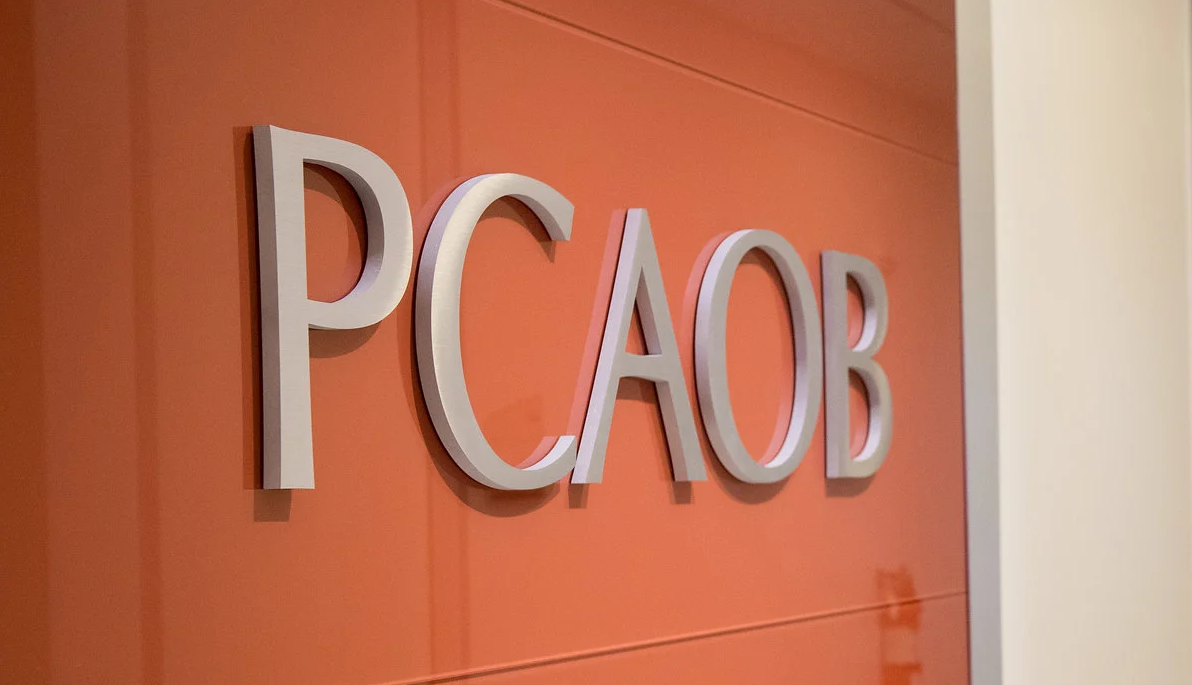How much does can a thieving employee cost a business? According to the Association of Certified Fraud Examiners (ACFE), the average financial loss for one instance of employee fraud is $140,000, and 40 to 50 percent of victimized companies don’t recover any of their losses.
While larger businesses are more likely to encounter higher value thefts that raise that average, even thefts of only a few thousand dollars can significantly damage a small business, to the point of causing them to fold.
As an example, during the 1980s and 1990s, one of my uncles had a sporting goods retail franchise in Southern California. Within a few short years, the business went from successful to bankrupt, as the top manager and longtime friend of my uncle slowly drained the business’ accounts. It not only cost a lot of money for the business and my uncle, but also cost ten employees their jobs when the store ultimately had to close its doors.
According to a survey by the Association of Certified Fraud Examiners (ACFE), the smallest companies endure the largest losses. After 18 months of internal corruption — the average length of fraud before detection — damages begin to add up.
However, there are some developments in advanced security measures that deter employees from taking advantage of their companies.
“The ACFE report shows antifraud controls, including cameras, have significant impact on losses due to internal fraud. High-definition cameras offer superior image quality, providing the best evidence against false fraud claims,” explains Alexander Fernandes, president and CEO of Avigilon, a developer of HD video surveillance solutions.
When typical organizations lose nearly 5 percent of their gross revenues to fraud each year, investing in anti-fraud measures is worth it. ACFE data says most fraudulent employees are first-time offenders with clean records, making background checks rather unreliable.
But the benefits of anti-fraud measures like HD surveillance systems are twofold. Not only can owners and CEOs rest more comfortably with the integrity of their team, they can protect their employees.
“One survey of Fortune 500 companies reported that a harassment case cost the average large company $6.7 million each year from absenteeism, turnover and loss of productivity,” says Fernandes. “As our global customers can attest, HD surveillance is not only vital for security but also personal protection, and is a critical business tool for profitability.”
Given recent economic growth, the Society for Human Resource Management (SHRM) cautions businesses that are experiencing renewed profit. Periods of growth can spur more unethical behavior and employee misconduct.
According to a SHRM study, the number of companies that experienced issues as a result of weak ethics rose from 35 percent in 2009 to 42 percent in 2011. The survey covered issues like manager trustworthiness, levels of accountability, sexual harassment and corporate transparency — and after seeing the results, experts at SHRM are predicting a continued spike in employee misconduct at work.
Thanks for reading CPA Practice Advisor!
Subscribe Already registered? Log In
Need more information? Read the FAQs
Tags: Small Business



